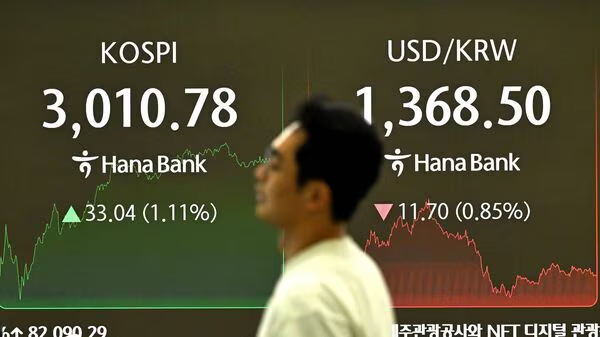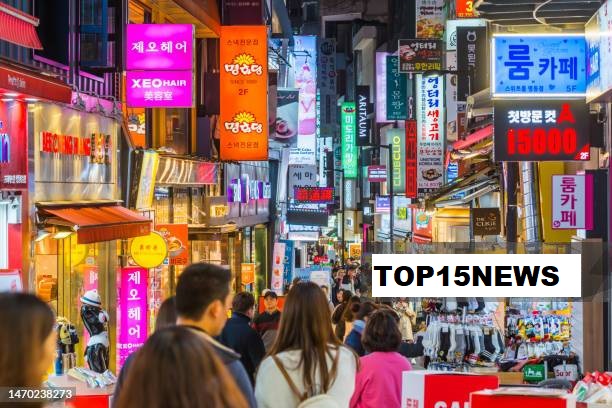South Korea markets gain after deadline as investor sentiment improved significantly after former U.S. President Donald Trump extended the proposed tariff deadline on Asian allies, including South Korea. The extension gave much-needed breathing room to global markets already facing multiple macroeconomic pressures.
On July 8, 2025, benchmark indices Kospi and Kosdaq surged following the announcement. The broader Asian market also followed suit with modest gains in Japan’s Nikkei and Topix. The relief rally comes after Trump’s July 7 tariff warning letters, which had sparked concern among exporters and policymakers in Seoul.
What Sparked the Rally?
Why South Korea Markets Gain After Deadline
The main reason why South Korea markets gain after deadline was the sudden shift in U.S. trade policy tone. Trump, who had earlier proposed new tariffs on goods imported from South Korea and Japan, delayed the implementation until August 1, giving both nations time for negotiation.
This extension led to immediate reactions in both equity and currency markets. According to, Kospi rose by 0.44% and Kosdaq by 0.19%, while the Korean won appreciated 0.4%, settling at around 1,370 per U.S. dollar.
5 Big Takeaways: South Korea Markets Gain After Deadline
1. Tariff Threat Postponed, Not Cancelled
While the market has responded positively, the delay does not mean cancellation. Trump’s threat of 25% reciprocal tariffs still looms large. If negotiations fail, the Korean economy, heavily reliant on exports, could be significantly impacted.
2. Clarity Boosts Investor Confidence
The South Korea markets gain after deadline also reflects improved clarity. Investors, who had earlier adopted a cautious stance, returned to buying mode once uncertainty reduced—even temporarily.
3. Korean Won Recovery Aids Importers
Currency traders welcomed the rebound of the Korean won, which had slipped to multi-month lows. The 0.4% recovery reduces import cost pressures and is a positive sign for inflation-sensitive sectors.
4. Asian Rally Mirrors Korean Sentiment
The trend wasn’t isolated. Japan’s Nikkei gained 0.36%, while Topix rose by 0.31%, suggesting regional optimism. These gains align with the general risk-on sentiment post-deadline extension.
5. Government Response Reassures Markets
South Korea’s Finance Ministry quickly issued a statement confirming they are “closely monitoring developments” and are ready with contingency trade measures if talks break down. This proactive stance further reassured investors.
Global Context: South Korea Markets Gain After Deadline
What It Means for Asia
The extension impacts not just Korea but the entire Asia-Pacific market ecosystem. From Taiwan to Indonesia, exporters and trade-heavy economies watch closely. With the August 1 deadline now a key pivot point, several economies are bracing for high-stakes diplomatic activity in July.

Impact on Gold and Dollar
While Asian equities soared, gold remained stable—often a sign of hedging by cautious investors. The U.S. dollar also gained, indicating global funds still prefer safe havens amid medium-term uncertainty.
Immediate Market Data Recap
- Kospi: +0.44%
- Kosdaq: +0.19%
- Won/USD: 1,370 (↑ 0.4%)
- Nikkei: +0.36%
- Topix: +0.31%
What Investors Should Do Now
Monitor These 3 Factors:
- Trade Negotiations
Any breakthrough or breakdown between South Korea and the U.S. will reflect in next week’s Kospi and Kosdaq trends. - Export Stocks
Sectors like autos, steel, and semiconductors may see continued gains or volatility depending on tariff clarity. - Currency Hedging
With the won showing resilience, large exporters may benefit from stabilizing FX trends. Currency risk should still be hedged for long-term portfolios.
Trump’s 25% Tariff Hits Japan, South Korea; Global Trade on Edge


